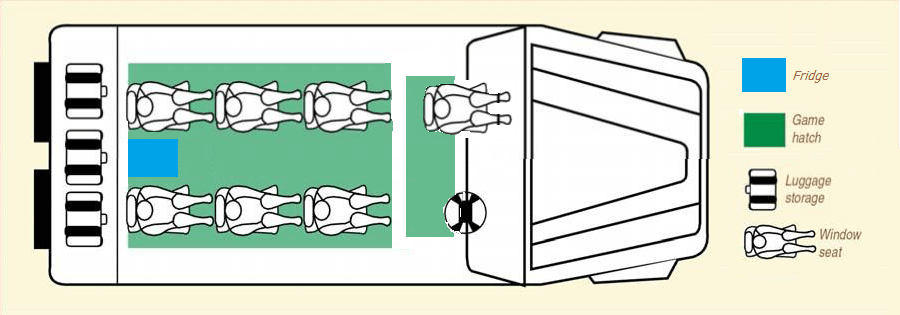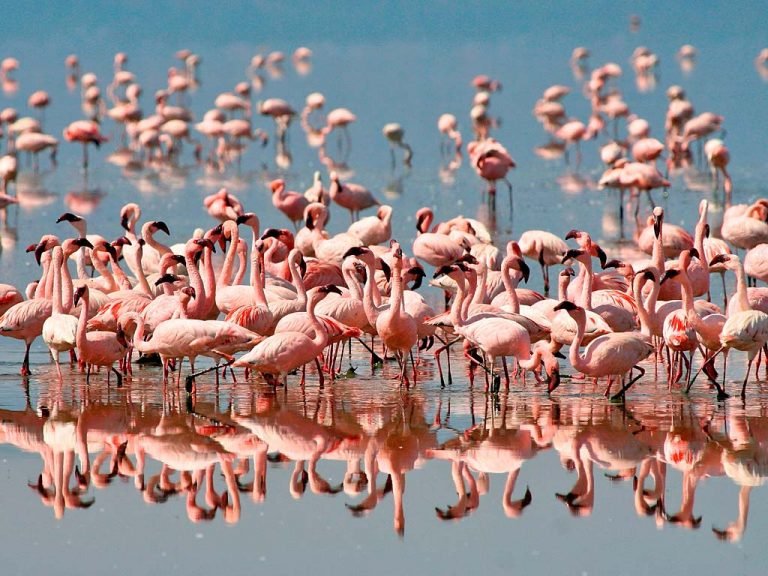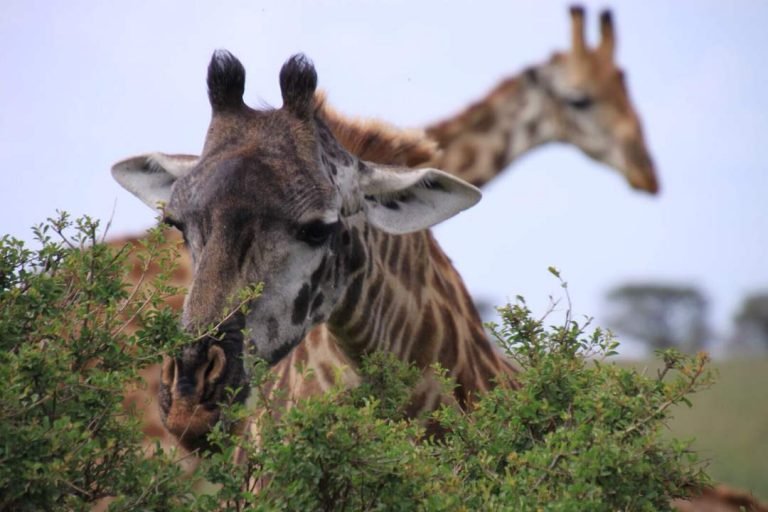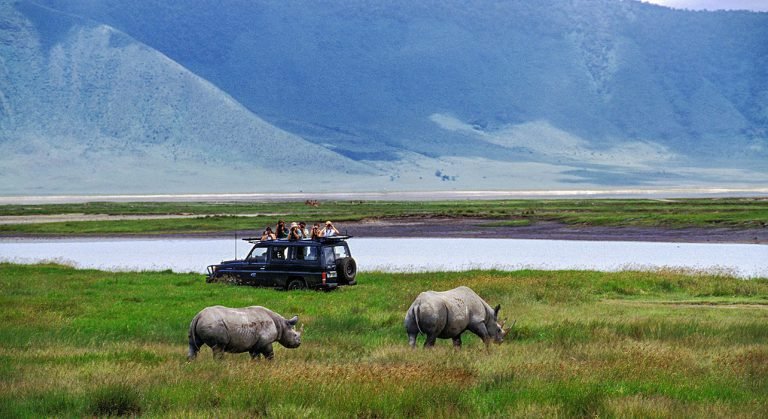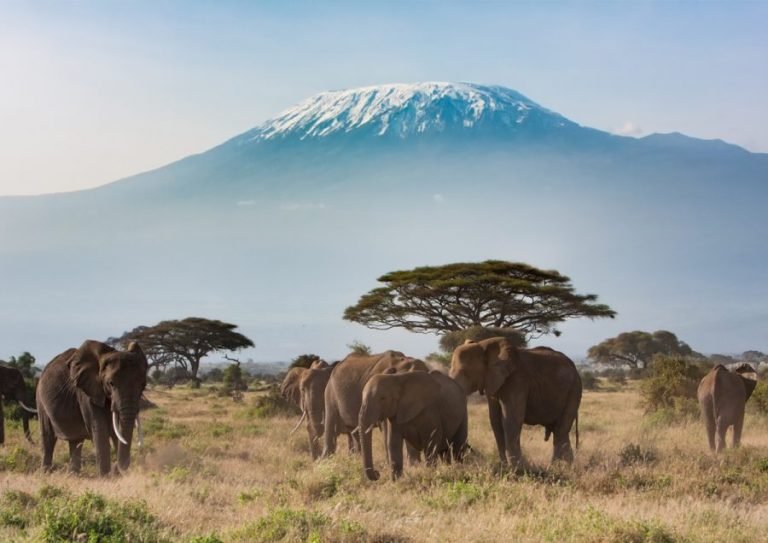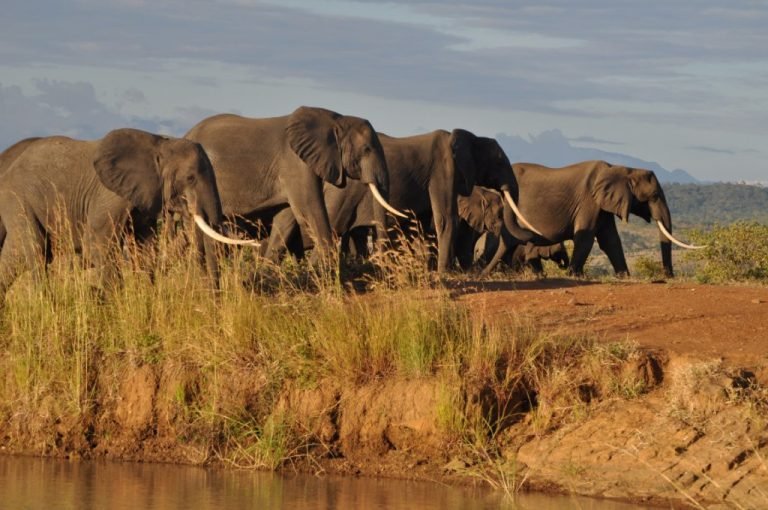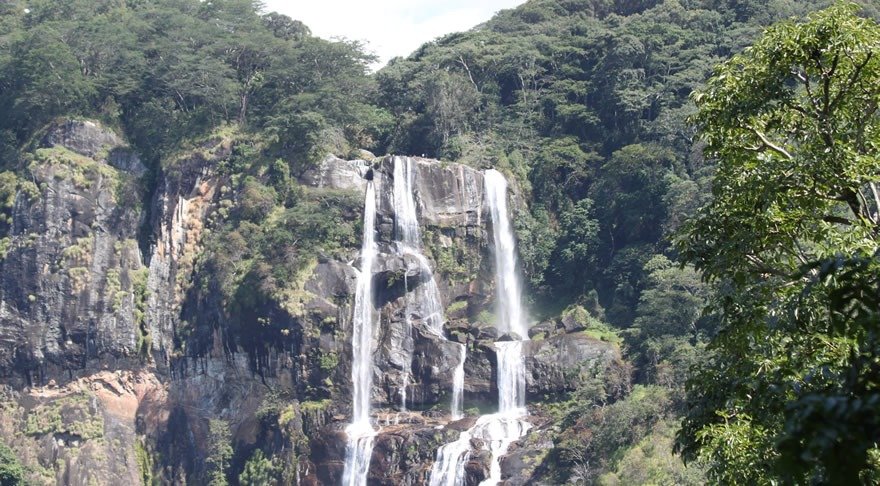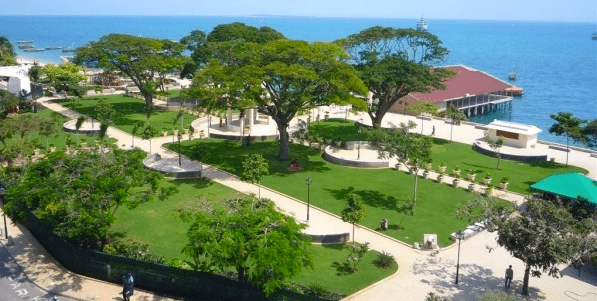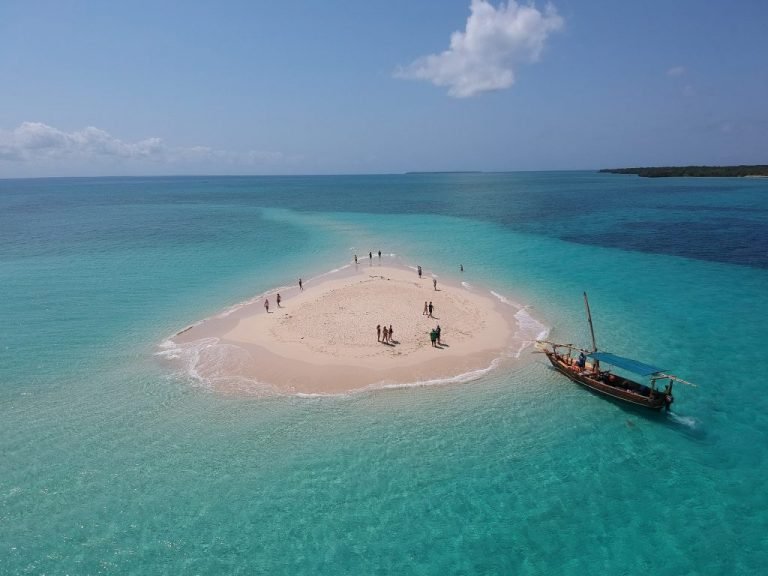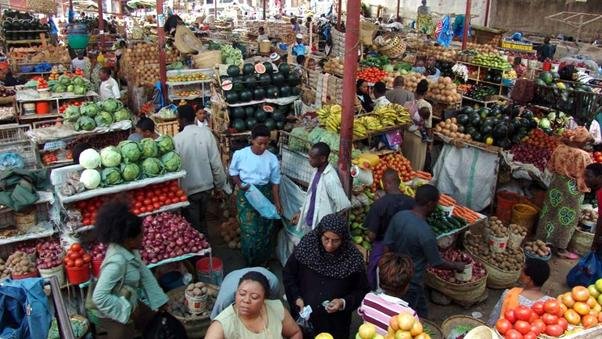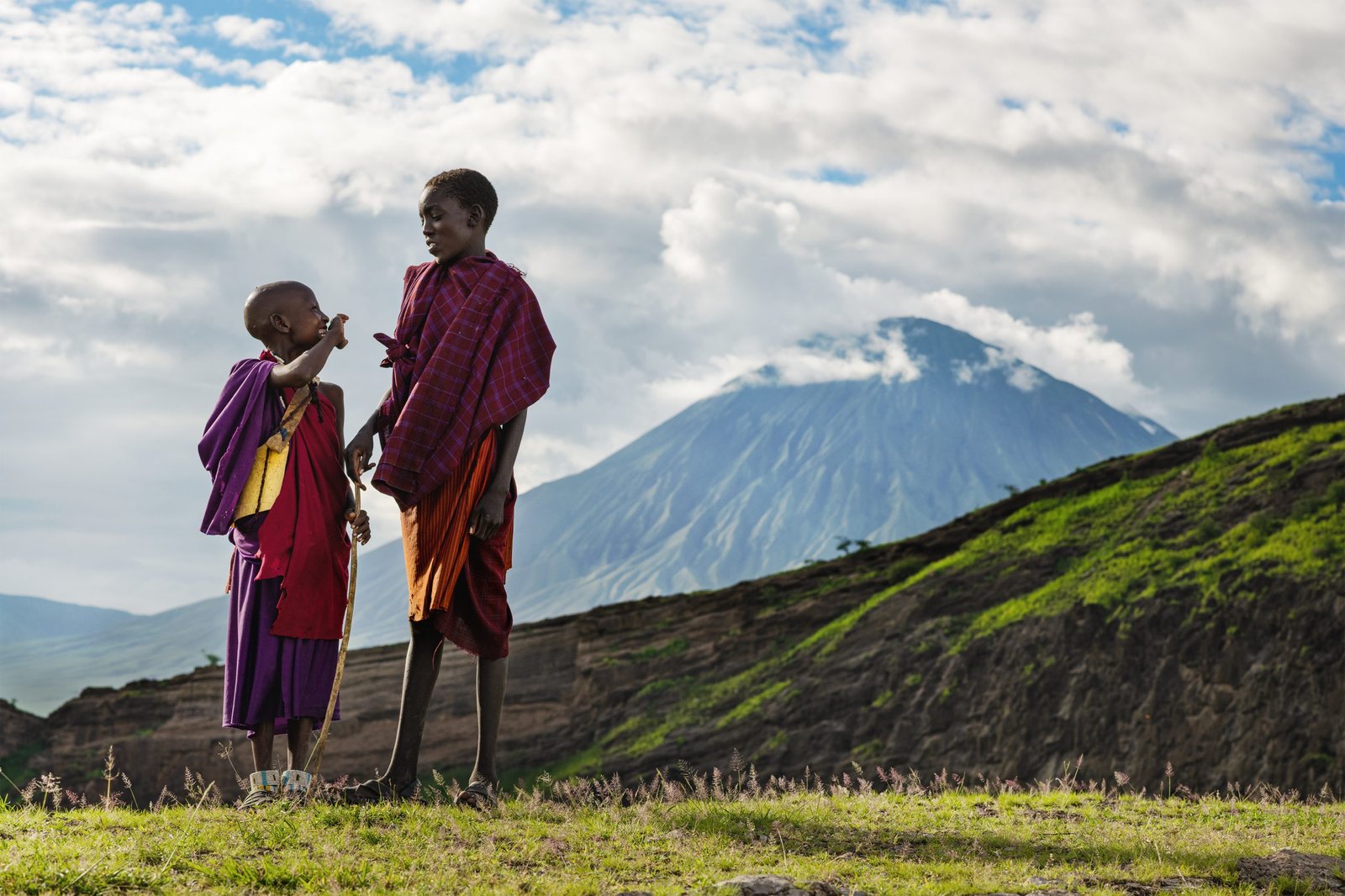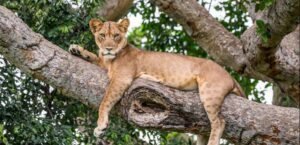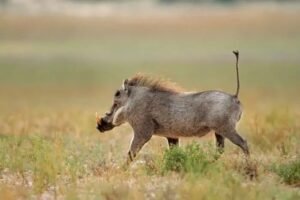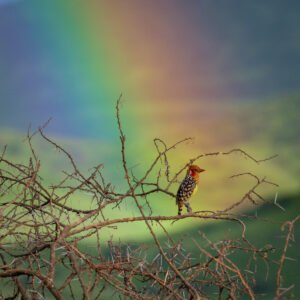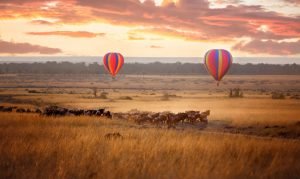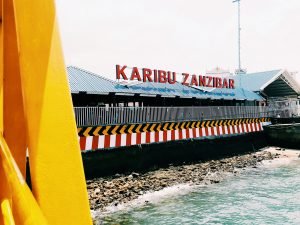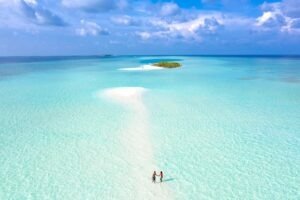
Planning for a Wildlife Safari in Tanzania
Karibu (Welcome) to Tanzania! Wildlife Safari in Tanzania, East Africa!
Tanzania is the country of Africa that is still awaiting discovery. It is a wonderland that hides within it magical and protected natural resources that a human hand has failed to destroy.
9 DAYS SIMA SAFARI UNIQUE PRIME TRIP
Tanzania is a habitat for plants and animals only unique to it. 25% of Tanzania’s territory is allocated to nature reserves, the world’s largest ratio.

While on wildlife safari in Tanzania, there are numerous point of attractions to visit.
To mention but a few, while on wildlife safari in Tanzania you will see;
Mount Kilimanjaro, the tallest in Africa, looks at its snow-covered dome over the endless expanses of Savannah, the exotic island of Zanzibar, the best and richest “safari” nature reserves, such as the Serengeti, the world’s wildest and largest Selous game reserve, the Tarangire, Lake Manyara, the Ngorongoro Crater, And Mafia Island’s marine reserve, all are just part of what Tanzanian nature has to offer.
The Tanzanian human landscape is no less fascinating than the richness of nature. The tribal friendly Maasai, which are visible throughout the countries, dressed in their traditional clothing lead their herds to pasture lands.

The diversity of the landscape, the rare wealth of animals, and the human landscape place Tanzania in the forefront of the world as a state where one can experience the foremost nature of it without hurting it and one of the favorite tourist destinations in the entire world that everyone experiencing with their family has defined as their most exciting family experience.
Tanzania has it all, 38 wild nature reserves (safaris), and a number of marine nature reserves.
For magical beach lovers Tanzania offers breathtaking beaches and islands whether along the ocean or lakes which are a paradise for hikers who prefer exploring the high mountain.
The source of the word “safari” from Swahili and its exact meaning is a journey. The tourists changed the concept and made it into open African reserves and parks where you can meet animals in their natural habitat.
Why Go On Safari?
An African safari involves several wildlife game drives, staying in remote locations, and observing the behavior and survival skills of Nature’s inhabitants.
7 DAYS SAFARI TO SERENGETI NP FOLLOWING THE GREAT MIGRATION
You can choose to be electronically unplugged from the modern world (internet is available, but ignored; turned off the cell phone; no newspapers, radio or television), no fast food chain restaurants, no vehicular traffic, no crowds of people, no man-made noises – an alien world in today’s fast-paced, modern hurly burly.
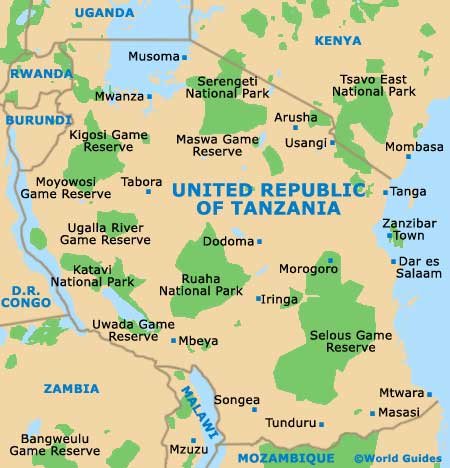
Best Time for Wildlife Safari in Tanzania.
Northern Tanzania – July to March
Southern Tanzania – June to March
Zanzibar and the coast – June to March
Western Tanzania – May to March
Time
Local: Time is GMT + 3 hours
Security
Tanzania is safe country to travel in. Tanzanian are warm-hearted and generous people and eager to help visitors get the most out of their stay. Tanzania is a politically stable, multi-democratic country. As in all countries, a little common sense goes a long way and reasonable precautions should still be taken, such as shocking valuables in the hotel safe and not walking alone at night.
Banking
Banks and bureau de change are available at airports and in all major. Banks hours are from Monday – Friday 8:20am – 3:00pm, Saturday 8:30am – 1:30pm
Official Language.
Kiswahili and English
Flights to and within when going for a wildlife safari in Tanzania:
Ethiopian Airlines
Daily flights, to Tanzania: Kilimanjaro (Northern Reserves), Dar es Salaam (Southern Reserves) and Zanzibar
Arrival: Kilimanjaro 12:50 pm
Dar es Salaam 12:30 pm
Zanzibar 15:00pm
Advantage to arrive with Ethiopian airlines are;
• Price
• Comfortable arriving hours
• Reliable in time table
• Depart from most major airport in Europe and USA member in Star Alliance therefore can use code sharing with Lufthansa Swiss United Airlines
• Arrive to 3 destinations in Tanzania ( DSM twice a day)
Disadvantage:
• Transit facilities are crowded since Ethiopian airlines – Addis Ababa is a big hub of transit
• No business launch facilities for economy class
Rwanda Air
Arrive daily to Kilimanjaro and Dar es Salaam on daily ,,
Kilimanjaro: 13:30 pm
Dar es Salaam: 15:30
Advantage: Price and very comfortable transit facilities for 30$ in the Business launch in Kigali
Disadvantage: Limited destinations London, Brussels, Tel Aviv near future NY
Turkish Airlines
Daily flights, arriving to Kilimanjaro, Dar es Salaam and Zanzibar
Kilimanjaro: 02:00 am
Dar es Salaam 02:00 am
Zanzibar: 04:00 am
Advantage:
• Vast origin from the entire world
• Star Alliance member
• Arrive to 3 destinations in Tanzania
• Relatively competitive price ( Between Ethiopian to KLM and Swiss)
Disadvantage:
• More expensive then Ethiopian airlines
KLM
Arrive daily to Kilimanjaro and Dar Es Salaam and Zanzibar with Kenya Airways as code sharing
Kilimanjaro; 8:20 hours direct flight ,, arrive 20:10
Dar es Salaam 22:10 after stop at Kilimanjaro int airport
Zanzibar ( Via Nairobi) arrive 02:45 am
SWISS
Arrive Daily to Kilimanjaro, Dar es Salaam and Zanzibar
Kilimanjaro: 23:50 pm ( via connection flight from Nairobi with Precision airlines)
Dar es Salaam : 21:05 direct via short stop at Nairobi, Kenya Int airport
Zanzibar ( Via Nairobi with connection flight with Kenya Airways ) arrive 02:45 am
Fly Dubai
Arrive daily to Dar es Salaam and Zanzibar
Dar es Salaam; 18:10 pm
Zanzibar: 16:25 pm
Advantages:
• Price
• Daily flight to all major international airport in Central East Europe
Disadvantage:
• No flight to Kilimanjaro, require connection interior flight from Dar es Salaam to Kilimanjaro
• No West European destination or USA
Emirates
Daily flight to Kilimanjaro, Dar es Salaam and Zanzibar
Kilimanjaro
Domestic flights:
Sima Safari is partnering with all East Africa fly safari airlines and larger region flights as
*Precision air
*Air Tanzania
*Kenya Airway,
*Rwanda Air
*Uganda Air
*Auric Air
*Coastal Air
*Regional Air
There are hundreds of domestic flights a day between the various reserves and cities, mainly 13-seat Cessna aircraft called Caravan
Between cities we are usually using the bigger jet aircrafts and not the Caravan Cessna

Daily scheduled flights to almost every destination in Tanzania and Zanzibar which we will adjust according to the itinerary
Flying Safari
Sima Safari create safari routes with the destination of the transport is by flight
• From Arusha or Zanzibar to Serengeti and from Serengeti to South Tanzania or Zanzibar Safaris
• From Uganda Safaris to Serengeti or Maasai Mara or to Zanzibar
• From Kenya to safaris in Tanzania or to the beaches of Zanzibar and so on.
Wildlife safari in Tanzania can be done in several ways:
• Land Cruiser safari car with an excellent English-speaking driver’s guide – the most popular way to experience the safari, suitable for everyone, for families and groups.
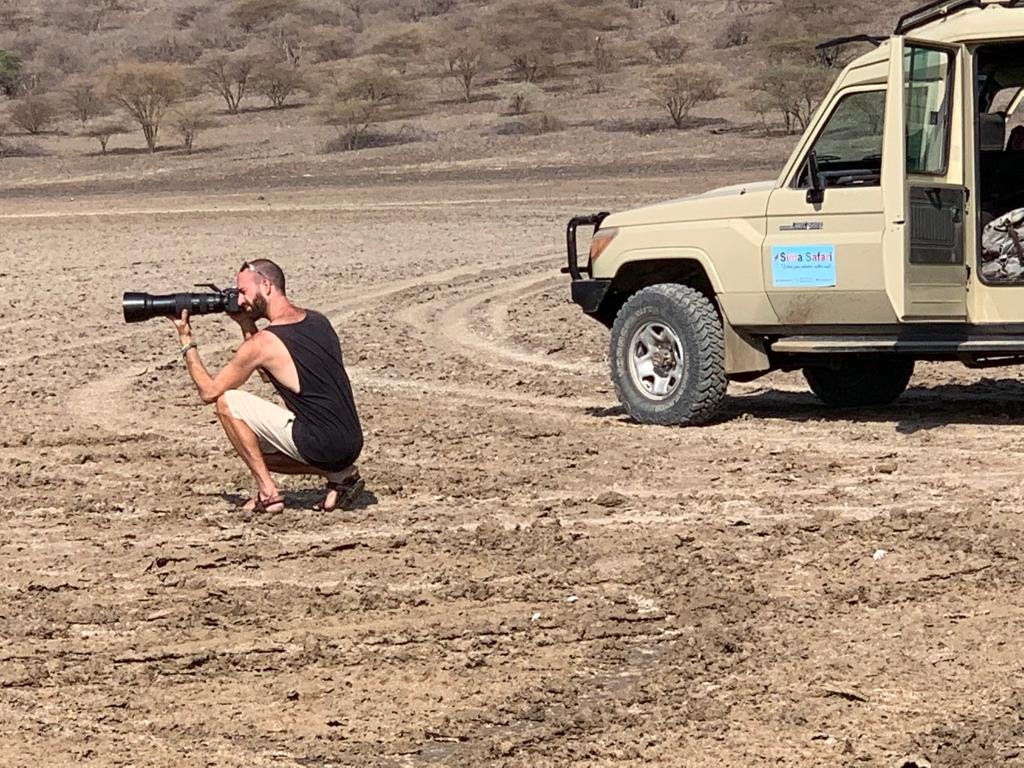
• Mountain bike safari or Honda XR 250ccc safaris – for fitness enthusiasts and lovers of challenges and extreme
• Walking Safaris – There are Game reserves where you can experience the animals while walking safely. Good combination with Family safari with safari car
• Boat Safari – The Selous Game Reserve in the South of Tanzania has the Rufiji river and the lakes connected to the river that create an amazing boat safari experience. It is a different experience to see the hippopotamus eyebrows, the giant crocodiles in the water right next to you as well as watch the wild animals quench their thirst in the river and a huge variety of spectacular birds.
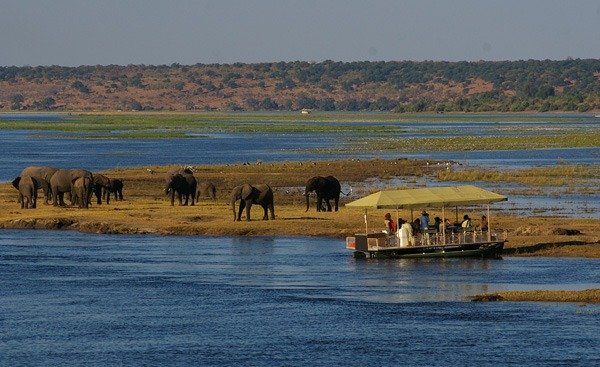
• Flying safari as mentioned above Tanzania whatever you were dreaming for can be provide.
5 DAYS SAFARI COMBINED WITH ZANZIBAR

Tanzania is the land of unlimited possibilities ( never land of Peter Pan) when it comes to the experience of felling as in genesis and wildlife. From the vast options there are it can be a little confusing to choose the right track for you.
We at Sima Safari, a Tanzanian company who knows every trail in Tanzania, will plan together with you the right safari tours packages that are just right for everyone and each group according to their wishes and season.
We are planning for you the right combination for you if it is only a safari, a safari combined with a one of East Africa trek (see trekking) only a beach resort and / or a combination of Zanzibar’s magical beaches and Tanzania with a fascinating safari trip.
Once all your route has been decided it is to enjoy the holiday and the safari not to worry, we will already take care of all the logistics and experiences from A TO Z
How to get to the National parks and game reserves while on wildlife safari in Tanzania?
Getting to the national parks can be done by using both the safari vehicle and flight aircraft starting from two seats or higher and landing in runway with in the national parks and sometimes during the landing can be seen, elephant, giraffes or antelope herds while lowering and close to the runway. At the runway,Sima Safari tour guide and safari car will always be waiting for you equipped with everything you need
What does a safari vehicle include?
A typical safari vehicle equipped with a refrigerator and sockets for charging electric and portable electric devices.
In a safari vehicle, between 5 and 7 seats for tourists + a driver / guide seat.
Our tour guides are rich in driving experience and familiar with every animal and plant in the area, one that can spot a leopard dangling from a tree in the distance. The rooftop of the car opens and gives a good view of the animals with complete protection.
Sima Safari bush lunch are upgrade than standard lunch boxes a hot meal with everything there should be at a proper lunch at the bush , including an unlimited supply of mineral drinking water.
In every Safari Vehicle we have National parks Map with Animal Sets, Swahili English Dictionary and WIFI for all Safari Vehicle Travel Days.
What to Equip for a wildlife Safari in Tanzania?
Lightweight clothing for the heat of the day and warmer clothes for the evenings. High shoes and rubber shoes for walking in creeks and swimming, mosquito protective measures will be helpful (see bundle of tips at the end of this article). Mandatory sun protection cream!
Nowadays, no need to say any camera with a high-quality mobile camera will do most of the job. Focus on quality.
Still, for those of you who love photography, it is unnecessary to mention to bring the camera with various zoom lenses, you will find them very useful.

When to travel?
All year long! What is amazing about Tanzania is that all of its characteristics, herds and predators migrate throughout the year according to food inventions, so that each season we can find them in great concentrations exactly where they feed according to the season for each reserve and its ideal season park. Sima Safari’s guides are experts in finding the animals at any given time.
Even in the rainy season which are the low cost season, April and May it is beautiful and the blooms and landscapes are beautiful and add to beauty of the safari that cannot be experienced in other seasons.
Lodging
The idea of staying in and around the National parks is to experience nature not only on a daily journey but also at dusk and dusk in preparation for sleep. Experience the roar of animals from the nearby bush and be protected from them, mingle with cheeky monkeys that penetrate the compound in search of a delicious, forgotten snack. The accommodation is in lodges, comfortable and elegant tents or camping.
The lodges in the national parks are forbidden to fence themselves. The choice of accommodation is of course yours. Structural Lodges, are on the bush and blend well into the wild landscape. Tents, don’t worry, there are showers and they look and feel like every quality hotel room. Most of the accommodations are suitable for every pocket.
How long to spend on safari?
There are National parks with a short distance flight from Zanzibar which can be reached by flight in less than an hour and enjoy the natural habitat of the wild animals and the wild experience. If you do not have much time or if you want the safari trip as a spice for a holiday in Zanzibar you can go to one of the most beautiful game reserve Selous game reserve.
Safaris can be done from day one to two week or even more trips in the Tanzania land scape, each one as appropriate. You can also combine different National parks in the same journey by safari vehicle or flying safari and above mentioned.
For the tourists who come mainly to relax in Zanzibar we have prepared 10 short packages between one day and two nights 3 days safari in various national parks in Tanzania of departure and return to Zanzibar
See a short safari link from Zanzibar
National parks in Tanzania
Please press on the link below to explore Tanzania national parks
Tanzania National Parks
Tips&recommendations before traveling to Tanzania &Zanzibar
So before you go on Holiday of safari trip and to the tropical beaches of Zanzibar you should pay attention to some tips
•Visa
Tanzania and Zanzibar need to issue a visa, preferably about a month before travel
The fastest way is through the site at https://eservices.immigration.go.tz/visa
Felling the forms which takes 30 min to 1 hour.
Pay $ 50 by credit card
Write down the reference number and send
The office should return the e-mail that the visa has been approved, but you should return to the site and search with your reference number and check if a visa has been issued
When you receive the approval for the VISA please Print and take it with you to the trip.
When landing at the airport in Tanzania announce that that you have a visa, you only have to enter a white entry form and apply for a passport check (with your visa and entry forms)
Those who have not been able to issue a visa via the website will issue the VISA at the airport after landing the que is around 30 minute
Health and Vaccines:
It is not mandatory to vaccinate before arriving to Tanzania, but it is advisable to consult a traveling clinic or a treating physician for a recommendation on which vaccines should you apply.
We recommend that you take your vaccine with you
It is mandatory to purchase a suitable medical insurance package in your origin country,
Sima Safari has emergency rescue helicopter insurance for all our travelers for all East Africa (FLYING DOCTOR)
Sima Safari, safari vehicles include:
– English speaking guide
– Mineral water bottles in a cooler for all safari days
– Charging points for telephone cables
– One binoculars for your use
– Animal definers
– Map of Tanzania National parks
– Swahili / English pocket dictionary
– Air conditioner in vehicles in the Northern Reserves
– first aid bag
– garbage bags
Communication:
Tanzania int. Phone code+255
All lodges and hotels have WIFI connection in public areas and some even in rooms
Call via WHATSAPP is recommended
A local Sim can be purchased, in Arusha City, Zanzibar Airport
Our safari vehicles will have WIFI routers
Charging Phone / Computer:
The electricity in Tanzania is 220V with British outlets so it is necessary to have a suitable adapter
It is also advisable to bring a splitter to charge several devices
Luggage:
The luggage allowance for international flights is 2 luggage of 23 kg each
The allowable weight on domestic flights (from the Zanzibar Safari and back) safari is 15 – 20 kg per single baggage person.
Soft bags up to 20kg,
Suitcase with solid walls 15 kg
Weather and clothing:
The weather in Tanzania is enabling traveling all year-round.
In the northern reserves during the day the temperatures reach about 28 degrees (and low humidity percentages) and at night they drop to 18-16 degrees.
From June to September, the nights and mornings are cold, so warm sweatshirts are recommended.
In April and May, rainfall is expected, so it is advisable to have a light rain cape.
Southern National parks and Zanzibar during the day up to 32 degrees and humid and in the evening 22-25 degrees
In addition, it is worth packing:
• Hat
• Sandals
• Comfortable shoes for walking
• Shoes / sandals for walking in watercourses (non-crocs) or walking in the beach with rocky reef
• Short clothing (summer shirts for the day)
• Long pants and long evening and night shirts
• Swimsuit (Some Lodges have a swimming pool)
• Good sunglasses
• Sunscreen and Mosquito spray
• Additional binoculars and Quality camera
• Snacks (especially for kids)
Money:
The local currency is Tanzanian Shilling $ 1 = Tsh 2,300 (as of April 2020)
National parks hotels and lodges as well as Zanzibar hotels can be paid in dollars / credit card
Markets, stores and restaurants receive local money
Money Conversion is recommended for banks or other exchanges, it is advisable to convert at landing before leaving the airport
Drinking:
In Tanzania, drinking water from closed bottles
Should also be used to boil water for coffee / tea
Photo:
There is a lot to photograph in Tanzania, landscapes, animals, people, sunsets, sunrises, beaches and nature in its glory
So it is best to have a high quality camera in addition to the mobile phone
If you want to photograph people – ask permission and respect their wishes
It is recommended to come with additional memory cards, there will be many photos, including video
Bring extra batteries, the batteries can be recharged in the vehicle
Children:
On a family safari trip with children, you should bring some snacks from your origin country which the children familiar with and love, in order to be backed up In addition to the lunch you receive, there is no supermarket in the middle of the safari …..
POPULAR DESTINATIONS IN TANZANIA.
Northern Zone.
The well-established ‘Northern Circuit’ safari of northern Tanzania offers some of the world’s most diverse safari experiences, consisting of National Parks, game reserves, conservation areas and private concessions offering a wide range of safari tours. Among these are the world-famous and iconic Serengeti National Park and Ngorongoro Crater, and of course their less well-known neighbours, Tarangire National Park and Lake Manyara National Park.
Arusha Region: 
Thanks to abundant wildlife, archaeological sites, and safari tours through remarkable World Heritage-listed national parks and natural reserves, Arusha Region has become a hub of Tanzania tourism. While serving as an excellent starting point for safaris into surrounding national parks, Arusha also offers a vibrant nightlife, lively markets, and delicious local coffee.
Lake Manyara National Park is best used as a soft introduction to a safari. Famous for its tree climbing lions, good elephants and baboons, the scenic beauty of this park certainly makes it worth a visit, the game viewing here pales into insignificance when compared with that on offer in Tarangire, the Ngorongoro and the Serengeti.
Tarangire National Park is a lovely, quiet park in Northern Tanzania. It is most famous for its elephant migration, birding and authentic safari tours.
Serengeti National Park is Africa’s most famous safari tours destination. Renowned for its incredible concentrations of predators and the Great Serengeti Migration of two million wildebeest, a Serengeti safari is guaranteed to be exceptional. The endless grassy plains (Serengeti in Maasai) are the richest grazing grounds on the continent, and therefore home to the largest herds and the highest concentrations of predators on the planet.
Serengeti Hippo Pool: Constantly supplied by the converging Orangi and Seronera rivers, this pool inside Serengeti National Park brings tourists closer to the hippos–and the occasional crocodile.
Ngorongoro Crater: An oasis for both wildlife and the Maasai tribe, this World Heritage-listed natural wonder stretches 260 sq km (100 sq mi) and boasts zebras, wildebeest, and lions.
Oldupai Gorge: This deep ravine cutting into Great Rift Valley is considered one of world’s most important paleontology sites, offering a glimpse into ancient human history and a chance to witness millions of years of evolution.
Moshi: Resting at the foothills of the iconic Mount Kilimanjaro, this tourism town serves as an excellent starting point for exploring nearby national parks, coffee plantations, traditional villages, hot springs, and waterfalls. Moshi is an excellent point to start exploring our northern safari tours
Mount Kilimanjaro: Experience this majestic dormant volcano with glacial peaks rising 5,895 m (19,341 ft) into the clouds, which offers some of the most awe-inspiring panoramic views and challenging hiking expeditions. Home to a thriving coffee industry, challenging mountaineering sites, lush rainforests, and Africa’s prestigious rooftop, Kilimanjaro Region remains one of the most popular places to visit in Tanzania and, indeed, Africa.
The South and West Zones
The south and west of Tanzania are often overshadowed by the more famous and iconic Serengeti Safari and Ngorongoro Crater in the north. However these areas offer incredible game viewing and a range of safari activities such as boating/walking safaris and fly camping. The western parks, Katavi and Mahale are even more remote and wild – and expensive to reach! – thus less frequented by travelers and more exclusive.
Selous Game Reserve. Typically, Selous offers wonderful views of wild animals. The number of lakes alongside the main circuit is a great place to view the distinctively numerous giraffes and also many ungulates like waterbucks, zebras, impalas plus buffaloes.
The waterholes are usually monitored by starving lions and every now and then it is possible to witness a kill.
Mikumi National Park, is Tanzania’s fourth-largest national park. It’s also the most accessible from Dar es Salaam. With almost guaranteed wildlife sightings, it makes an ideal safari destination for those without much time.
The main attarctions of Mikumi are;
The spectacular concentration of variety of animals in Mkata flood plain including four of the big five, elephant, buffalo, Lion and Leopard.
The ever changing skies and light producing glorious sunrise and sunset.
Other games including the worlds’ largest Antelope – Eland, Greater Kudu, Sable Antelopes, Defassa waterbuck and African hunting dogs.
Mikumi offers an outstanding diversity of bird life. From the striking turkey-sized group horn bill to the tiny sunbirds. Eagles are often seen soaring in the intense blue skies, and the Lilac-breasted rollers add brilliance to their background.
Mikumi has a variety of vegetation types ranging from seasonally flooded grassland to woodland and riverine forest. The Afromontane forest found on the summit of Malundwe Mountains is part of forest type that is renowned for its unique flora and fauna.
Ruaha National Park is one of the few Tanzania’s famous wilderness area where one can have a rare experience of game viewing spiced up by the fascinating landscape. The park is rich of plants and animals such as Greater Kudu which can not be found in any other national park. The park boasts of her almost untouched and unexplored ecosystem, making visitors’ safari experience very unique.
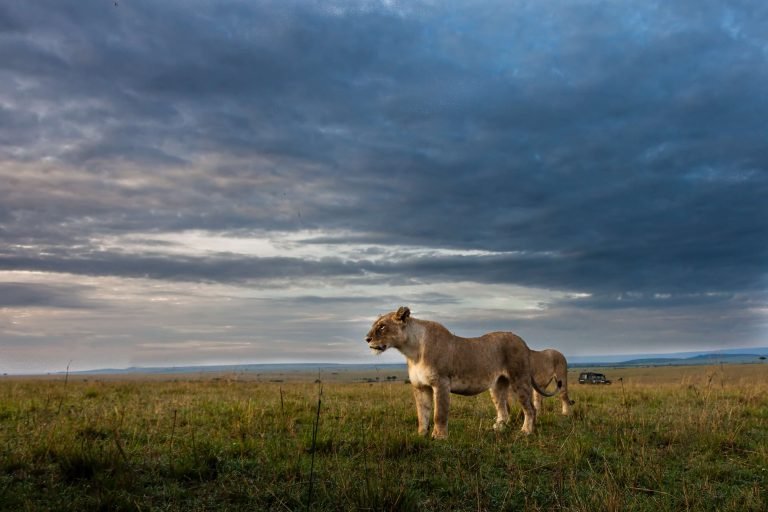
Ruaha is believed to have high concentration of elephants than any national park in East Africa. It is also a place where, magnificent mammals like Kudu (both Greater and Lesser), Sable and Roan antelopes can easily be spotted in Miombo woodland. The male Kudu have beautiful spiraled horns while male Sable antelope have impressive curved horns. The park is also a habitat for endangered wild dogs. Other animals in the park include lions, leopards, cheetah, giraffes, zebras, elands, impala, bat eared foxes and Jackals. You can contact us to see the safari tours we offer in this park.
Udzungwa Mountains National Park – is an intriguingly offbeat destination for anyone botanically inclined or interested in remote hiking. Although not a conventional game viewing destination, Udzungwa is a magnet for hikers.
An excellent network of forest trails includes the popular half-day ramble to Sanje Waterfall, which plunges 170 metres (550 feet) through a misty spray into the forested valley below.
Zanzibar and the Coast Region
Zanzibar Archipelago:
Known for its pristine natural environment and exotic powdery beaches, this chain of islands reveals a captivating mixture of Indian, Swahili, and bygone Persian cultures, cuisine, and architecture.
Prison Island – Changuu Private Island:
Home to endangered Aldabra giant tortoises, this popular tourism island with lovely guesthouses and pristine beaches once served as a slave prison and a yellow fever quarantine zone.
Forodhani Park:
Bubbling with social and culinary activity, this renovated park with scenic landscapes hosts bustling food markets, cafes overlooking the bay and islands, and various public events.
Paje:
Bordering the shallow lagoon of Unguja Island, the charming and calm village of Paje lies surrounded by natural spots and secluded turquoise beaches, attracting lovers of marine life, kite surfing, and spicy food.

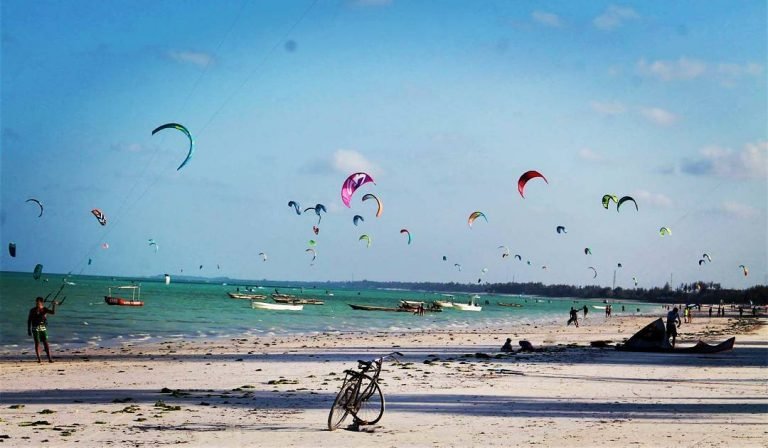
Nungwi:
Enjoy the warm sandy coast shaded by palm trees and mangroves in a calm rural environment, which still maintains its boat-building and deep-sea fishing traditions.
Safari Blue Tour:
Take a one-day boat journey from Stone Town to explore nearby exotic beaches, diverse marine life, and mangrove glades, and enjoy seafood barbecues and cold drinks along the way.
Nungwi Beach:
Spreading along the bustling village’s main strip, this powdery white beach boasts turquoise waters and an abundance of snorkeling, diving, and dining.
Zanzibar Spice Tour:
One of the nation’s most popular excursions, this tour lets you see first-hand how exotic spices, herbs, and fruits are cultivated, and then sample traditional Swahili dishes.
Dar es Salaam:
Hailed as the country’s commercial center, this sprawling metropolis with beachfront penthouses, imposing skyscrapers, and blend of Indian and Arab cultural influences is a highlight of many Tanzania itineraries.
PLANNING A TANZANIA VACATION WITH KIDS
Tanzania has a lot of destinations that children will find fascinating and entertaining. One of the nation’s greatest assets is its wildlife diversity, as well as plenty of touring opportunities to meet the animals up close.
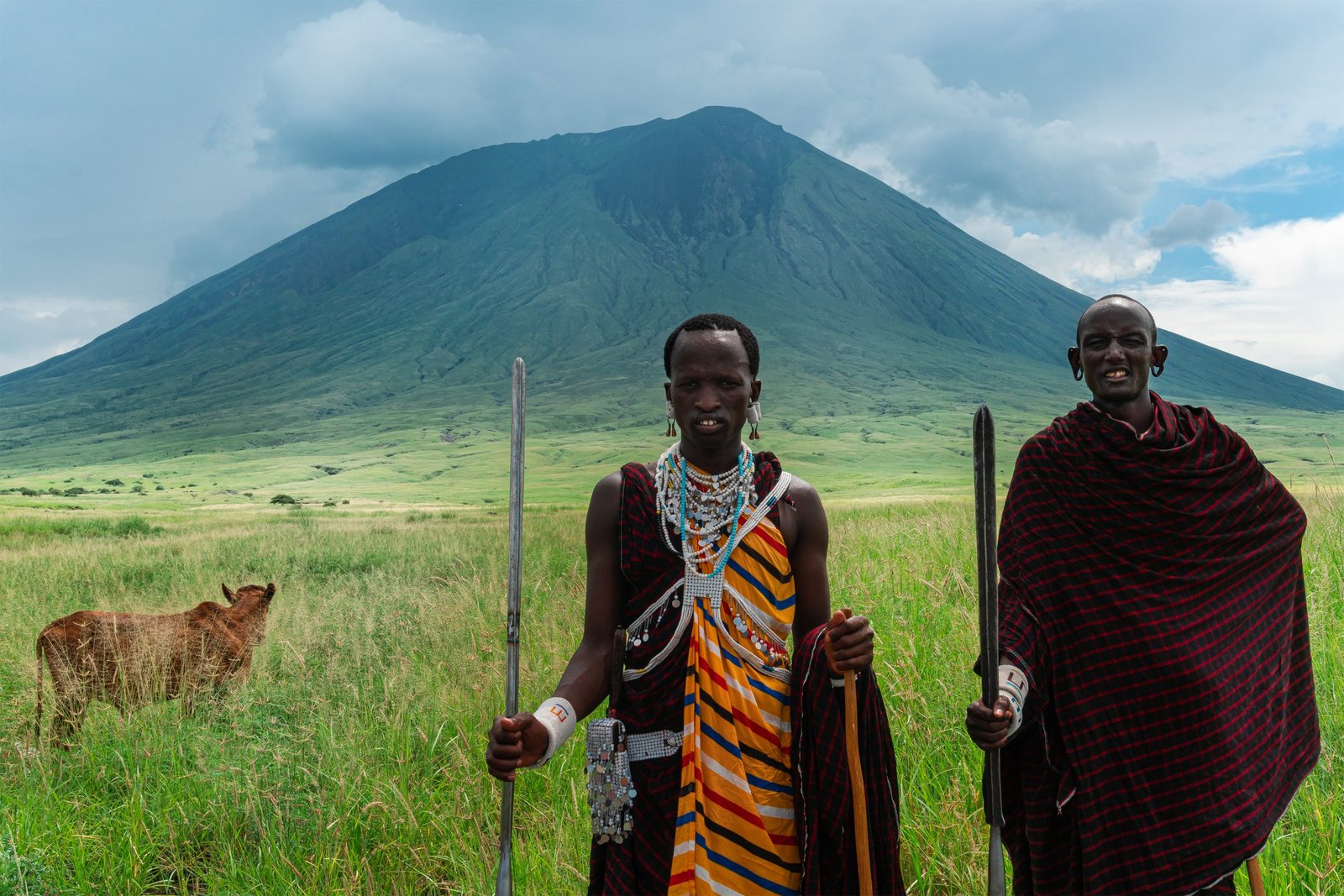
While the greatest heights in Serengeti National Park are reserved for skilled hikers and mountaineers, the lower parts possess all the necessary facilities and staff, hosting programs and tours for children to immerse themselves in the exotic natural attractions of Tanzania. Your family can also embark on a safari to witness the stunning wildlife.
Other places to see lions, rhinos, zebras, elephants, and antelope up close include Ngorongoro Conservation Area and Tarangire National Park.
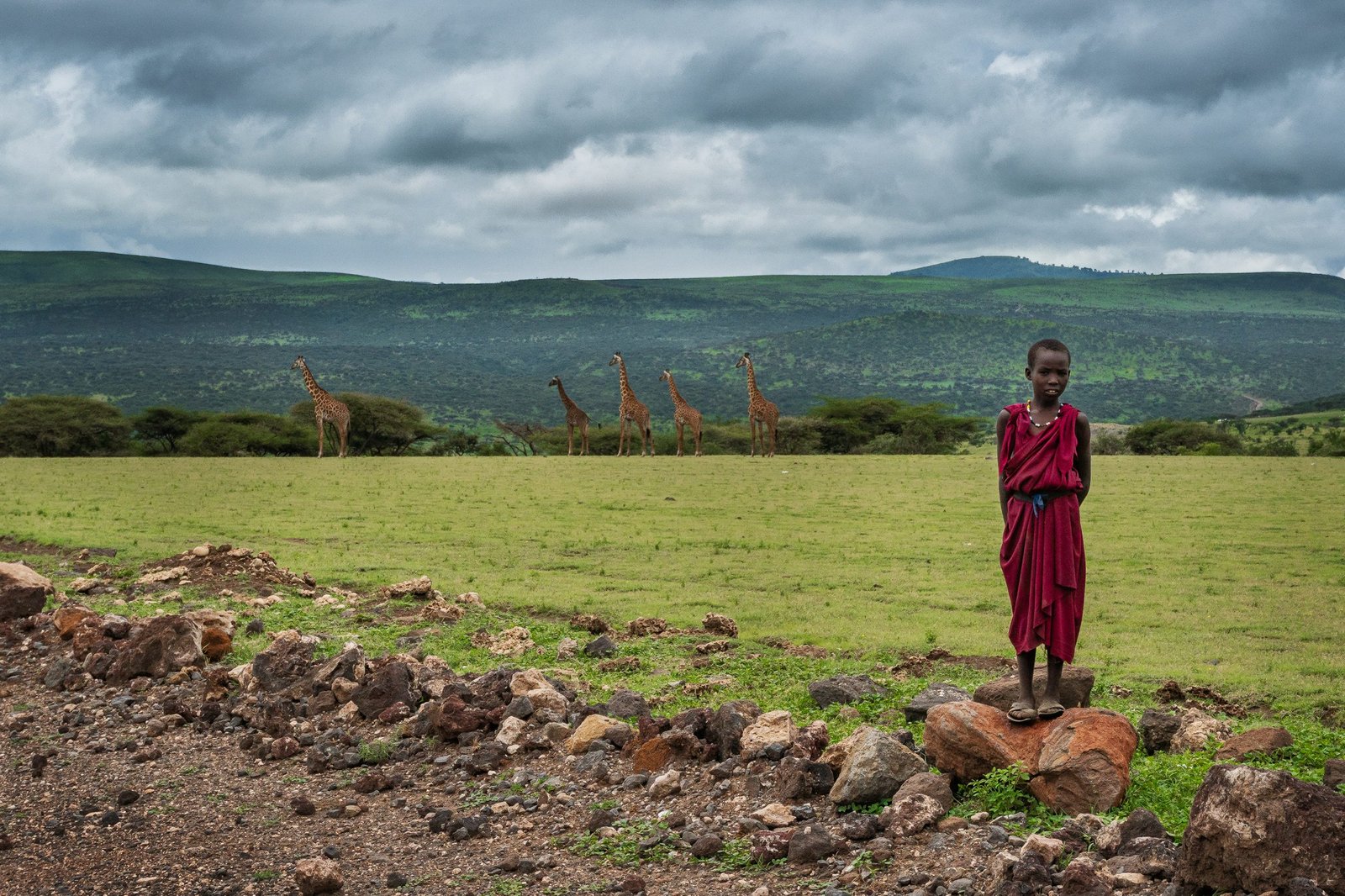
Your family can discover the country’s vibrant and warm culture at Zanzibar Island, as well as enjoying the powdery white beaches and snorkeling through the depths.
THINGS TO DO IN TANZANIA WITH KIDS.
Tanzania’s many zoos, nature parks, and wildlife refuges make for memorable excursions.
At Ngorongoro Crater kids can meet tame cheetahs and other animals up close, pet them, and see how they behave, feed, and play. Fans of marine life can don snorkeling gear and observe the colorful underwater world with Scubafish Zanzibar Ltd or Mafia Island Diving.
Tanzania is also known for well-kept family-friendly zoos, so make sure to visit Meserani Snake Park, Dar es Salaam Zoo, and Zanzibar Land Animal Park (ZALA).
TIPS FOR A FAMILY VACATION IN TANZANIA.
Many of Tanzania’s hotels and resorts eagerly welcome families, and numerous well-established attractions cater to children’s needs.
Small children can stay in hotels either for free or a significant discount, just remember to book all accommodations in advance to ensure that beds or rooms are interconnected.
Malaria is one of the most feared diseases for visitors: as you plan your trip, check all the necessary health procedures and consult your doctor about antimalarial tablets. Many doctors will also recommend getting a yellow-fever vaccine, although the epidemic is contained and precautions are no longer an imperative.
Safari tours of Tanzania will reveal a country that is peaceful and well-protected by the police and military. Police officers are always close by, especially in major tourist destinations. Safari organizers work with domestic and international peace-keeping organizations in order to ensure guest safety and provide immediate intervention should necessity demand it.
DINING AND SHOPPING ON HOLIDAY IN TANZANIA.
CUISINE OF TANZANIA.
With over 120 ethnic groups, as well as strong European and Asian influences, Tanzania delights with its diverse and exotic cuisine. Muslims were the first to open trade routes in this region in 800 CE, bringing spices and citrus fruits from India. The Portuguese introduced Tanzania’s staple ingredients–cassava and groundnuts–while the British and Germans established tea and coffee plantations.
Hearty and healthy dishes will fuel your tour of Tanzania: coconut bean or plantain soups, fried bananas, beef or chicken kebabs, and rice or curried fish in coconut milk. The national dish is ugali, a cornmeal dough served with either meat sauce, fish, veggies, or beans. The ever-popular pilau (or pilaf), often a ceremonial dish, features rice, spices, and vegetables. Meat lovers will want to sample nyama choma, a typical Tanzanian meal of grilled chicken, goat, sheep, or fish.
SHOPPING IN TANZANIA
Most Tanzania vacationers inevitably stumble upon the many curio shops, bazaars, and markets located on main or coastal roads, and near parks and reserves.
Tanzania’s bigger cities, such as Arusha, Dar es salaam and Stone town offer an abundance of shopping opportunities.
KNOW BEFORE YOU GO ON A TRIP TO TANZANIA.
*Over 120 languages are spoken in Tanzania, most of which belong to the Bantu group.
*Some of the world’s oldest human remains and tools were found in Olduvai gorge.
*The world’s most expensive African blackwood trees, or mpingo trees, are commonly seen in Tanzania.
The highlight of much Tanzania tourism, Mount Kilimanjaro stands as Africa’s tallest mountain.
Tanzania boasts the largest concentration of wildlife animals in the world per square kilometre.
Tanzania is also home to the world’s largest crab, the coconut crab.
THINGS YOU SHOULD NOT DO IN TANZANIA
Public displays of affection between members of the opposite sex, including kissing, hugging, and holding hands, are generally disapproved of in Tanzania.
Meanwhile, friends of the same sex often hold hands in the street. Homosexuality, however, remains both a taboo and illegal.
Do not criticize people openly. Not only is it impolite, but it is also considered very offensive among the locals. If you have to complain about something, do so in a constructive and discreet manner.
You will probably notice during your Tanzania vacation that there are practically no dress codes. Showing bare legs and shoulders is tolerated in most parts of the country, especially in coastal cities. However, you must dress modestly when visiting Muslim institutions and grounds.
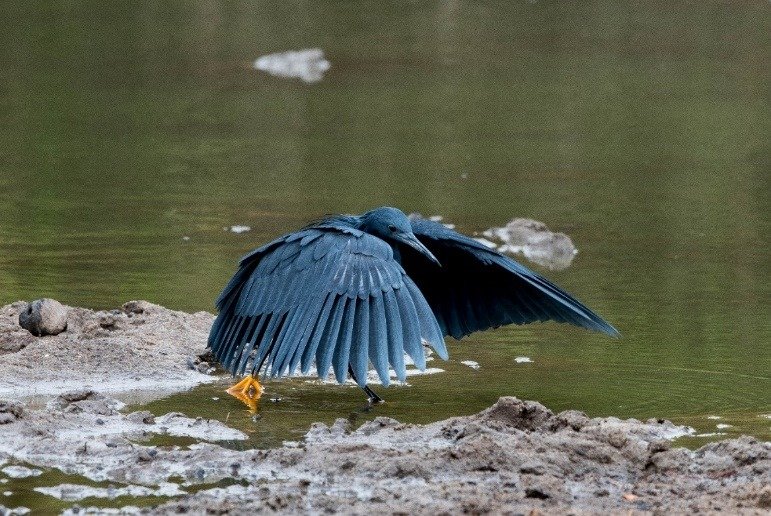
Although it is considered common sense not to eat without washing your hands, to Tanzanians hand washing is a traditional ritual. Never decline an offer to clean yourself up before dining, especially if you visit someone’s home. Hosts will pour warm water on your hands while saying the welcome word “karibu” and place another bowl below to collect the dirty water. The ritual is repeated after a meal, too.
Do not be offended by names Tanzanians call foreigners. This is because they rarely have a chance to communicate and practice their English with tourists, so they will seize their moment if they can. Tanzanians call almost all people of Asian descent Chinese, while Europeans or white people are called “mzungu,” meaning “a person who walks in circles/wanders without purpose.”
Limit your traveling at night as much as possible.
SPECTACULAR IN TANZANIA.
While not exactly a holiday, the Serengeti Wildebeest migration certainly represents a major national event, especially between December and February, when nature lovers can observe these animals search for water and feed.
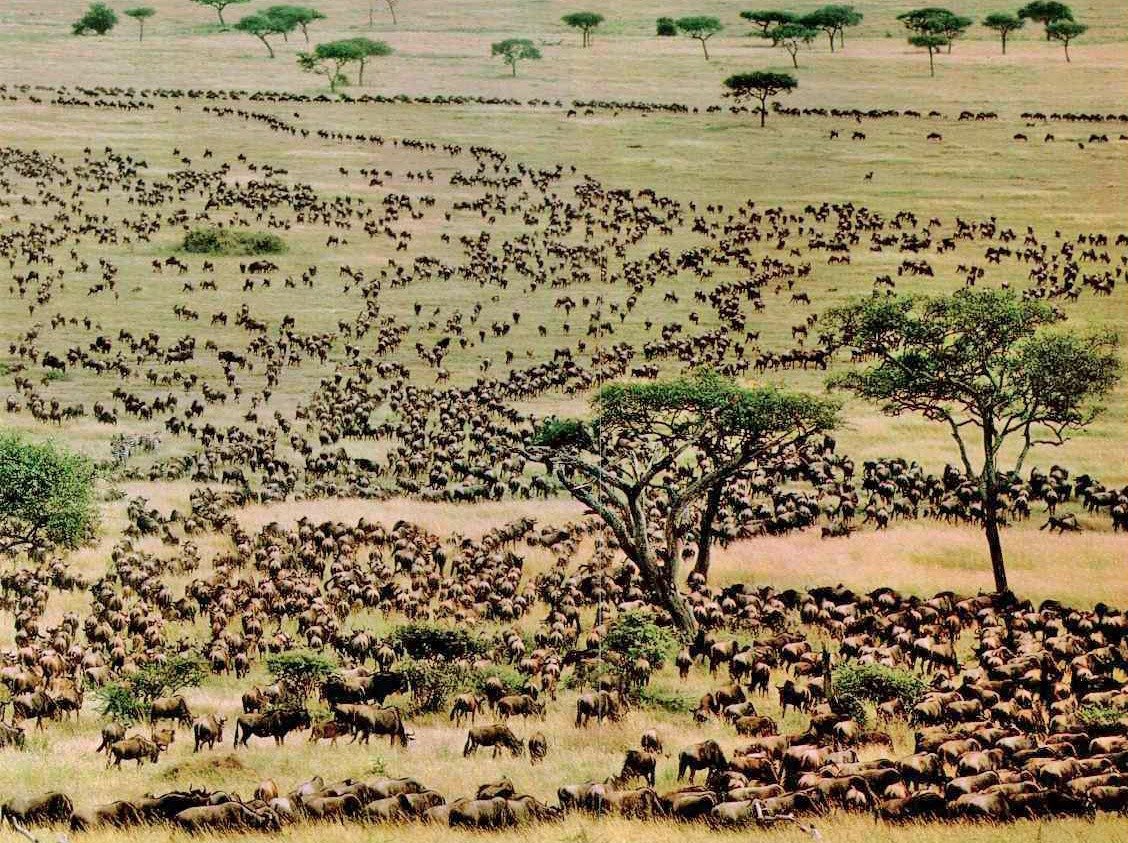
COMMON GREETINGS IN TANZANIA.
Greeting is very important in Tanzania, no matter if in passing or brief contact in the waiting room, elevator, stairs, and other passages. If you do not know Swahili, a simple “hi” or “how are you?” is quite acceptable. The general greeting in Swahili is “habari” (informal), “hujambo” (to a single person), or “hamjambo” (when addressing more than one person).
In Tanzania learn some words in Swahili, e.g. Hello = Jambo; Thank you = Asante; How are you? = Habari?
Smiles are universally understood and transcend language barriers.
Handshakes are not common practice. People will more likely offer their wrist just to be touched, but if a handshake happens, make it light and brief. The elderly or highly respected people in tribes can be greeted with a bow or a slight nod, but avoid this gesture in the rest of the country.
CLIMATE OF TANZANIA.
Although Tanzania’s climate has regional variations due to diverse topography, it is generally characterized as tropical. Coastal areas are quite humid with temperatures rarely falling below 20 C (68 F), whereas the temperature in the northwestern highlands ranges between 10 to 20 C (50 to 68 F).
Interestingly, Tanzania has two rainy seasons. Short bursts of rain are common from October to December, while the period between March and June experiences long showers. Touring Tanzania can be done all year round, but it is recommended that you travel between these two rainy seasons, especially if you wish to explore inland.
For a beach side vacation in Tanzania, plan to come between December and January. This period may be the hottest, but ocean breezes make the weather bearable. Note that hotels are usually fully booked during the Christmas and New Year period.
Health Information.
Prescribed anti-malaria medication can be taken 2 weeks before leaving home, while on safari in Africa, and continues 2 weeks after returning home.
From dusk to dawn, use a strong Deet infused insect repellent; wear long sleeve shirts, long pants, closed toe shoes (not sandals); and use mosquito netting to prevent insect bites. The high altitude (7,500 feet/2,300 meters) of Ngorongoro Crater causes temperatures too cold for mosquitoes.
Avoid dehydration by drinking lots of bottled water. The dust dries out the eyes, throat and mouth. Arrange with the safari operator for bottled water in the 4WD safari vehicle and the lodging accommodations.
TRANSPORTATION IN TANZANIA.
Tanzania’s road networks are fairly developed, but try to limit your stay to around two regions. Also, you will find almost no rest areas or gas stations between towns and cities, so consider picking one base from which you will explore the rest of attractions on your Tanzania itinerary.
Public transportation has its pros and cons. Ubiquitous dalla-dallas, or public minibuses, feature fixed prices and make many stops, but they are frequently crowded and prone to speeding accidents. Boats and ferries are frequently used, but can be overcrowded. Trains may offer a lovely glimpse of Tanzania’s scenic environment, but expect slow service and delays.
Taxis have white plates on the mainland or a passenger vehicle sign on Zanzibar Island. You can hire one in all major towns, but remember to agree on the fare before getting in, since there are no meters. Feel free to ask locals for advice to negotiate a fairer price, and also make sure to use taxis from established stands or hotels. If renting a car, choose a reliable company that offers replacement in case of breakdowns, and avoid driving at night.
TIPPING IN TANZANIA
Although tipping in Tanzania is not mandatory, rewarding quality service is certainly appreciated.
However, choose wisely who deserves a bigger tip, especially in the tourism sector.
5 DAYS GAME DRIVE SAFARI IN SELOUS NP FROM DSM
Certain job positions, such as park ranger, which require high education and a high level of practical knowledge, are not paid well by the government, whereas safari camp assistants, who do not require the same set of skills, may receive a higher monthly revenue thanks to tips alone, thus creating an imbalance in the local economy.
Taxis, restaurants, and barbers outside of tours do not expect a tip. Still, if you consider that service was excellent, you may round up the bill to a convenient amount.
MORE TIPS
In Tanzania, the use of plastic bags is prohibited
So you should avoid bringing them, you can use cloth or paper bags
It is worth remembering the people in Tanzania are very kind and polite at the “African” pace, “Hakuna Matata” all is ok in their own language, part of your sense of freedom and please don’t forget that we are guests in this beautiful country.
See Also;






